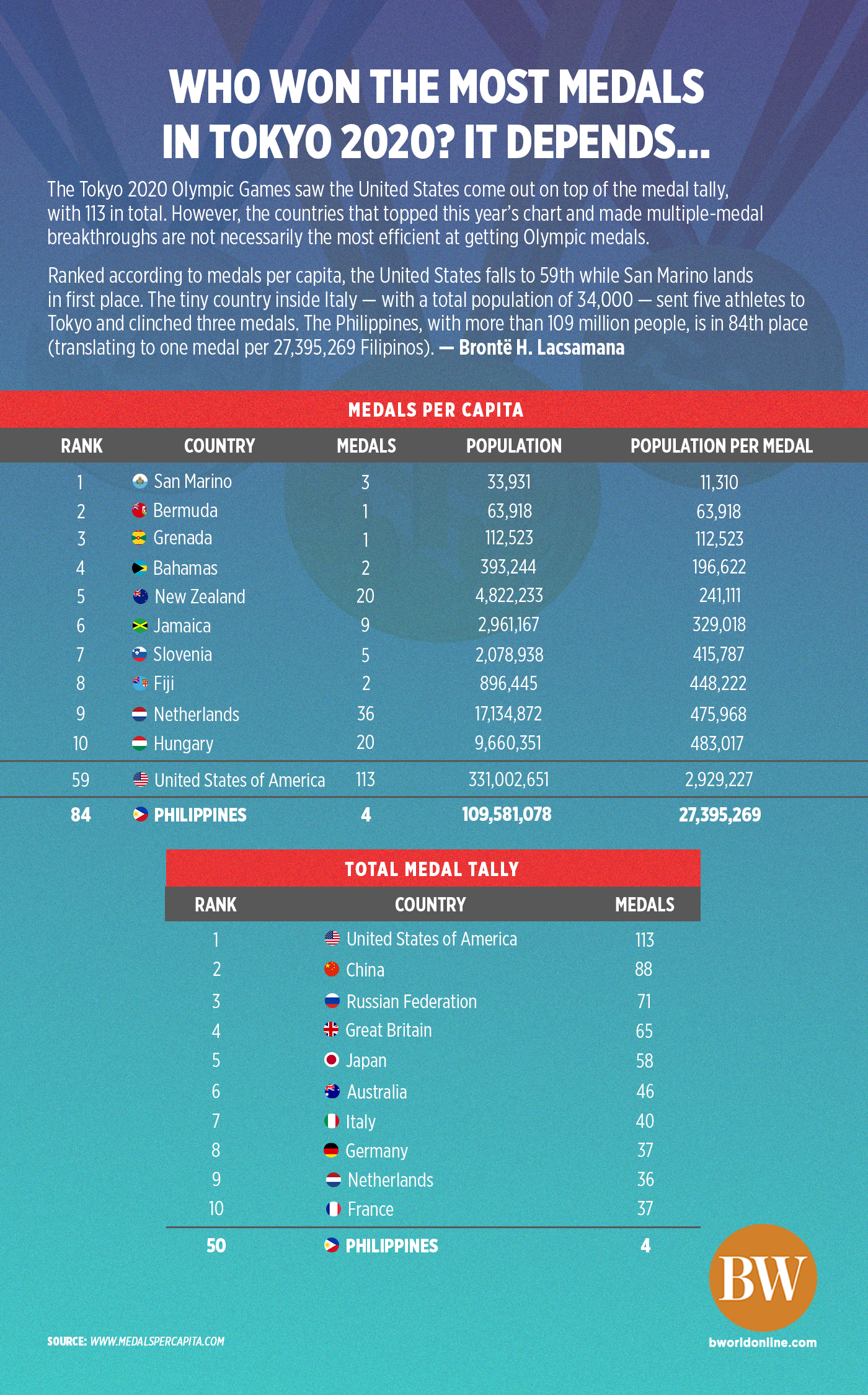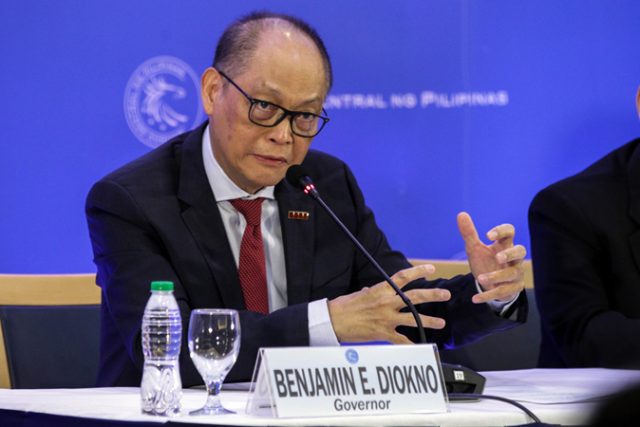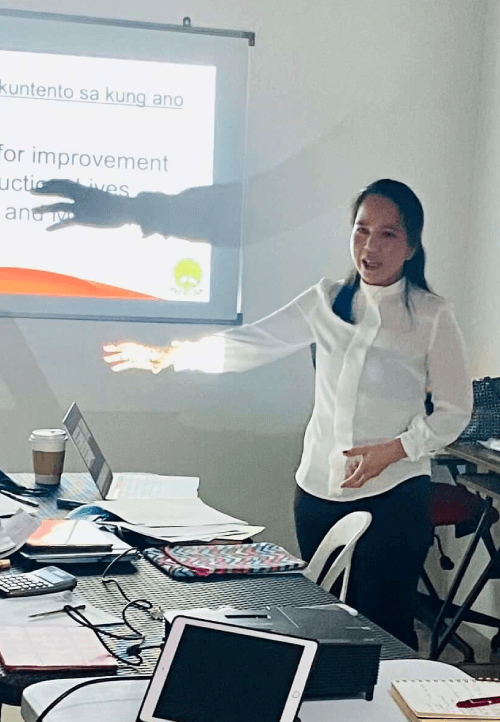Pag-IBIG Fund earns COA’s highest audit rating for 9th straight year
Pag-IBIG Fund has earned the Commission on Audit’s highest audit rating for the ninth consecutive year even amid the pandemic, top officials announced last Friday, Aug. 6.
In a letter dated July 29, COA informed the agency that it has rendered an unmodified opinion – its highest rating – on the fairness of the presentation of Pag-IBIG Fund’s financial statements for the year 2020.
“We faced many challenges last year. However, we remained committed in managing the Filipino workers’ fund excellently. We implemented a number of loan payment reprieves and stimulus programs to help our members and stakeholders during the lockdown while ensuring that these did not affect our robust financial standing. Our ninth straight top rating from state auditors is a milestone for us as an organization and serves as proof that even amid the health emergency, we heed the call of President Duterte in ensuring that government offices like ours are run professionally and remain corruption-free,” said Secretary Eduardo D. del Rosario, Chairman of the Department of Human Settlements and Urban Development (DHSUD) and of the 11-member Pag-IBIG Fund Board of Trustees.
From 2012 to 2017, Pag-IBIG Fund earned COA’s unqualified opinion and from 2018 to 2020, it has gained its unmodified opinion. Auditors use both the unqualified opinion and unmodified opinion, which are the highest ratings that COA gives to a government agency or corporation, to mean that the financial statements of an agency are presented, in all material respects, in accordance with applicable financial reporting frameworks.
Pag-IBIG Fund Chief Executive Officer Acmad Rizaldy P. Moti added that even while they rapidly responded to the needs of members, stakeholders, and their own personnel through numerous programs and interventions, the agency made sure that all requisite processes were strictly followed ensuring that all were above-board prior to implementation.
In 2020, Pag-IBIG Fund aided 4.8 million borrowers by automatically providing them with grace periods totaling 6 months in accordance with the Bayanihan I and II Acts. The agency also aided 320,406 borrowers through its own 3-month loan payment moratorium program. Home loan borrowers were also offered a special loan restructuring program, which resulted in 85,440 members gaining better payment terms on their home loans during the health crisis.
The agency also deployed programs to aid in the recovery of the Philippine economy through a stimulus in the housing industry. A P10 billion home construction fund was made available to accredited developers to encourage production and boost the supply of housing units, while home loan promo rates were offered to members to encourage demand. These allowed housing industry players to maintain operations and continue generating jobs.
These responses to aid members and stakeholders cope with the Covid-19 pandemic won the agency a gold award under the Most Valuable Government Response category in the recently concluded 2021 Asia-Pacific Stevie Awards.
Internally, Pag-IBIG Fund adopted a blended working arrangement and provided more transportation to ferry its workforce. These ensured that the agency remained in full operations while minimizing the risk of the spread of the virus among its personnel. Staff were provided personal protective gear, supplies to maintain hygiene, and improved medical coverage – all to protect its workforce so that they can continue to serve members.
“In 2020, the economic slowdown may have dampened our performance, but it did not stop us from extending benefits to our members and stakeholders. It was an extraordinary year which necessitated extraordinary steps to help. Prior to the pandemic, we achieved record-highs year after year in terms of loans released, collections and net income. Last year, our record-high was the number of members we helped cope and recover from the effects of the pandemic. Our latest unmodified opinion from COA shows that we have achieved three things last year. First, we were able to safeguard the health and welfare of our workforce which was necessary for the Fund’s continued service to the public. Second, we took good care of our members through the speedy deployment of programs responsive to their needs. And lastly, we were able to do all these while still maintaining the highest standards of financial integrity. That is LingkodPag-IBIG service at work,” Moti said.












